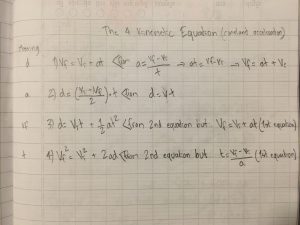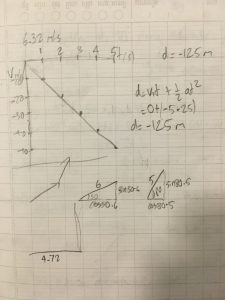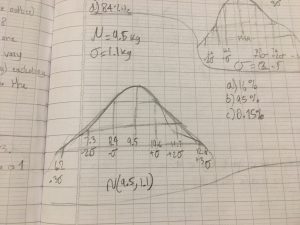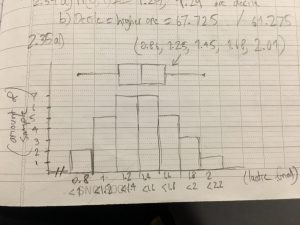My third term Literacy focused on Gender. As part of the term’s assignment, the other students and I were given a task to write a gender-related-article. I chose hair. Have a look at my article writing:
”
HAIR
“What have you been doing during your three-week-break? You couldn’t find a time to cut your hair?” I was asked before I returned to my boarding school.
Stereotypes and perceptions about hair are deeply-rooted in Khmer’s mindsets as well as many other people around the world. This idea dates back all the way to at least the Romans and the Ancient Greeks. Archaeologist Elizabeth Bartman states that besides the “bearded, long-haired philosopher,” females, in general, had longer hair than males.
In Cambodian government schools, males are required to have really short hair while females have the freedom between short and long, but preferably long hair. I remember being in grade four and seeing one of my friends get punished by our teacher because he didn’t cut his hair over the weekend. He went up to the front of the class, after being called by the teacher. I could see her fingers reaching out for his sideburn and pulling it upward. She announced to the class that this is our punishment for keeping long hair; she really meant it toward male students. His hair wasn’t even long enough to cover his ear. I was terrified and always cut my hair once it seemed a bit long for a schoolboy.
Despite this rule, there are still male students that keep their hair long. I’ve seen some with hair so long it completely covered their ears. These people have gone through many punishments because they violated school rules, and must not have listened to their parents when they instructed them to cut their hair because it’s “long.” Cambodian society has viewed long-haired men as “gangster”. This makes it really difficult to be seen as an educated man with long hair.
I later got accepted to the Liger Leadership Academy, a non-government school where there’s no rule regarding the length of a person’s hair. My school’s director has really long hair, almost reaching his shoulders, while one of my female friends has really short hair—shorter than many males.
Since I came to Liger, I have always wanted to keep my hair long and experience what it’s like, but my aunt always asked me to cut my hair. Because she has been more like a mother than an aunt to me, I can’t deny her request. Nevertheless, I found a way around it. Considering my literacy class is gender-focused, I have just the perfect excuse to keep my hair long. By now, I have longer hair than any other male students in the school.
Although my aunt doesn’t mind my hair being long because of my literacy unit, I still got told and asked so many times about my hair in school and outside of school.
“Why don’t you cut your hair?”
“What have you been doing on your holiday?”
“When will you cut your hair?”
“You should cut your hair.”
“Go and get your hair cut this weekend.”
I knew these comments would come to me, and I am ready for it too. But what is really strange, but kind of makes sense considering Cambodian people’s mindset, is with the comments that my short-hair-girl-friend received from people on their first impression, “Wow! Really nice hair!”.
I asked her the other day with why she cut her hair short?
She said, “That’s the hardest question for me. I guess it just feels right.” She hesitated and continued, “It’s just being more like myself.”
I strongly agree with her answer. I think it is a person’s decision on whether or not they cut their hair and should not be told by the society and especially their family.
”





